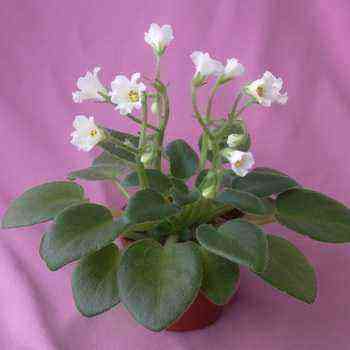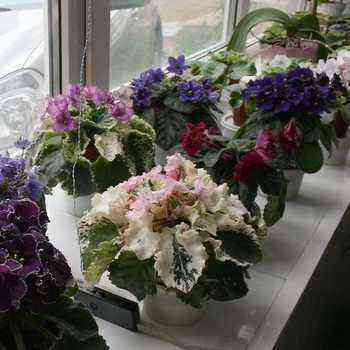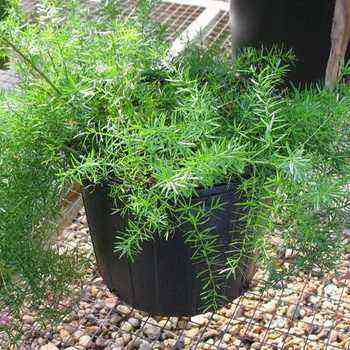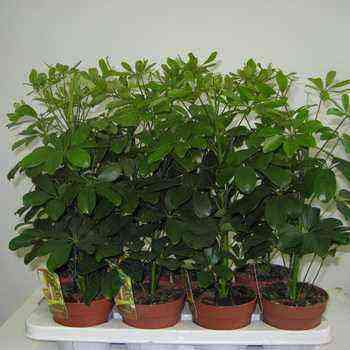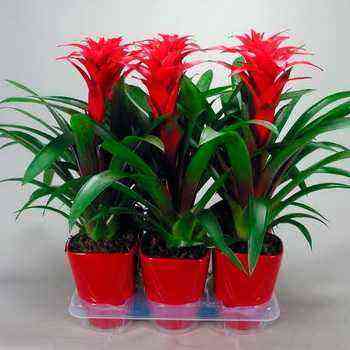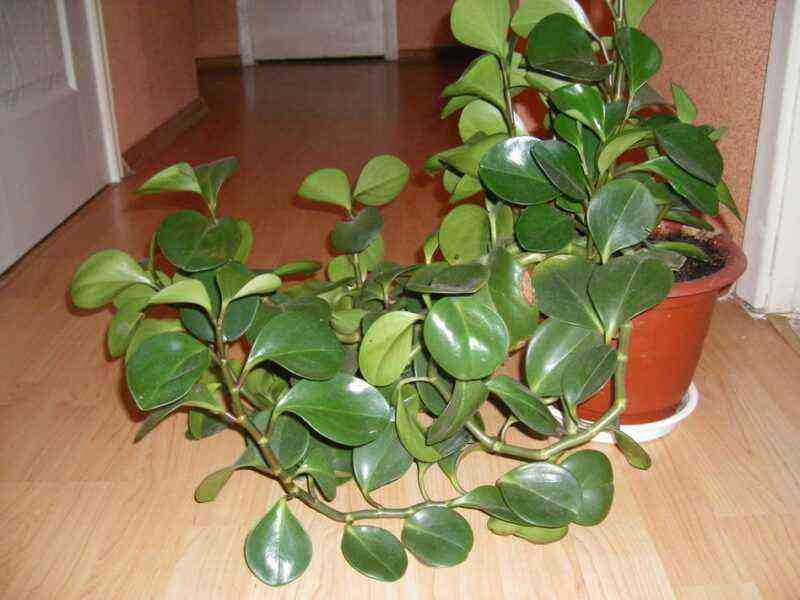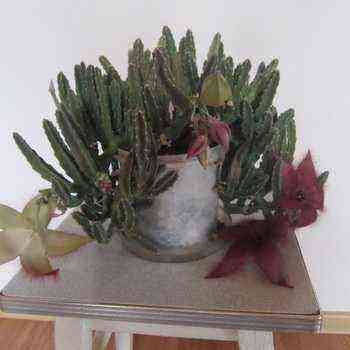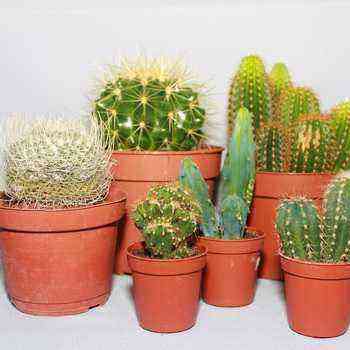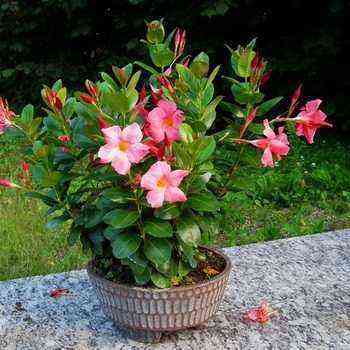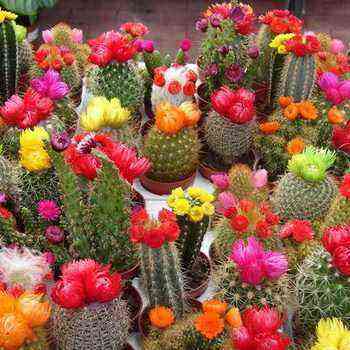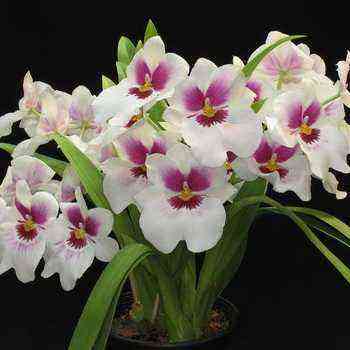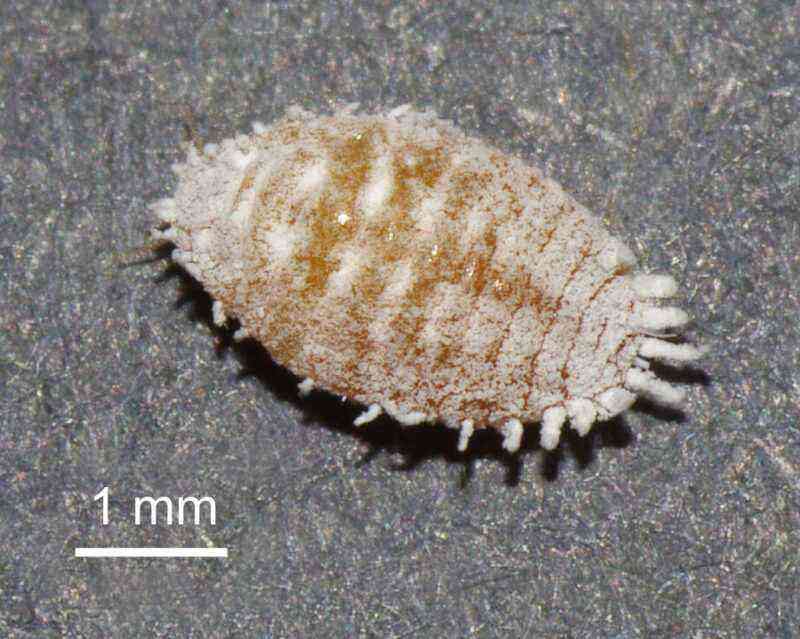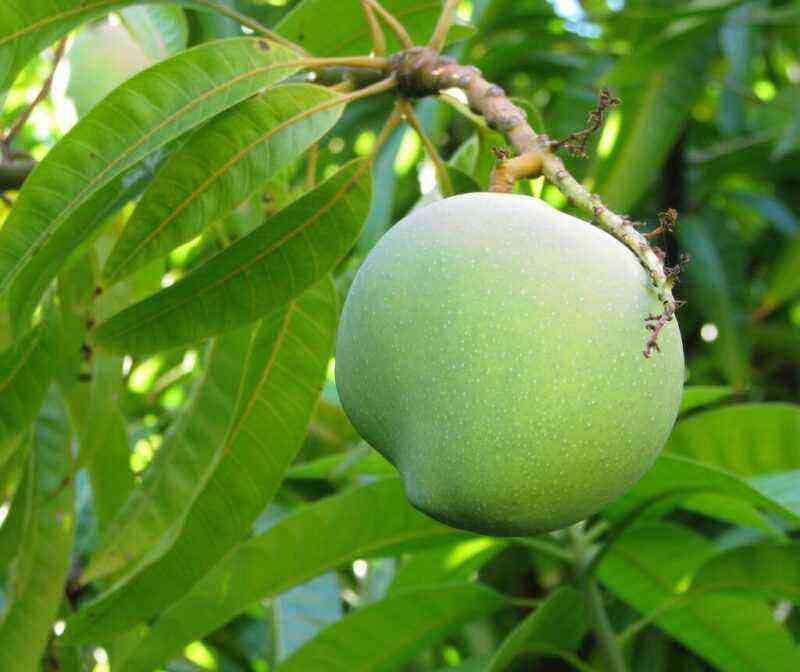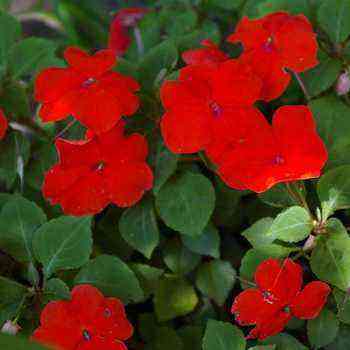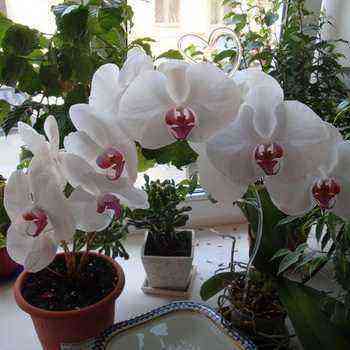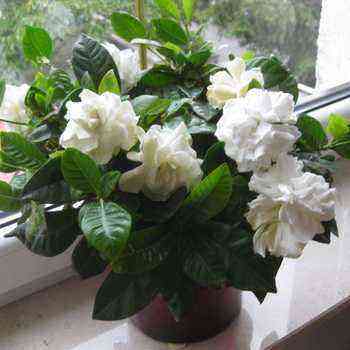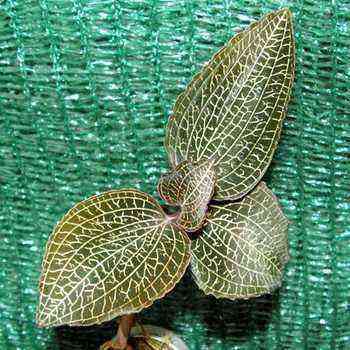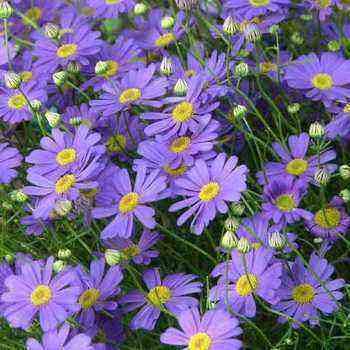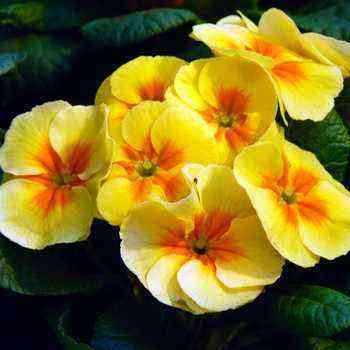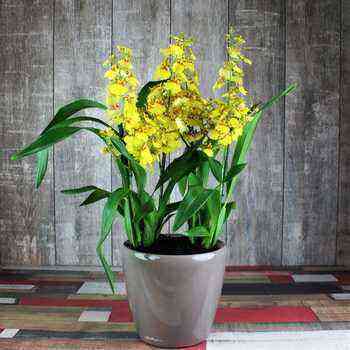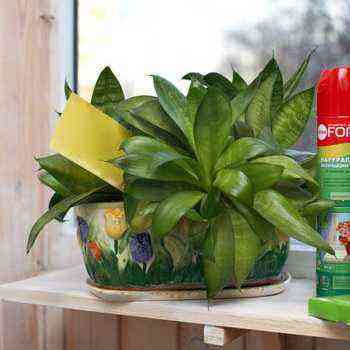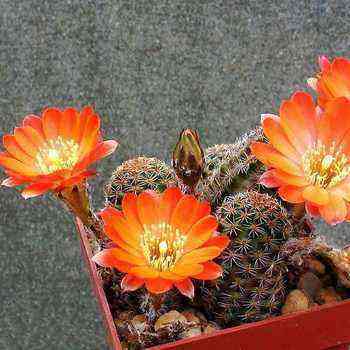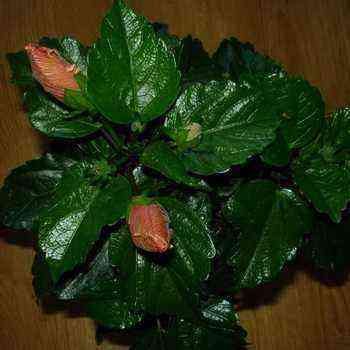 Echinocereus cacti are not very frequent guests in home collections, even though these succulent plants are quite cold-hardy. But caring for them is too difficult, and it takes years of painstaking work to achieve flowering. In addition, not all rootstocks can be grafted with these succulents. The most commonly bred species of Echinocereus are leucantus and shmolli.
Echinocereus cacti are not very frequent guests in home collections, even though these succulent plants are quite cold-hardy. But caring for them is too difficult, and it takes years of painstaking work to achieve flowering. In addition, not all rootstocks can be grafted with these succulents. The most commonly bred species of Echinocereus are leucantus and shmolli.
Description of cacti Echinocereus
Echinocereus is an extensive genus containing almost a hundred species, including wonderful cacti, unfortunately not very suitable for indoor culture: all of them need a lot of light and a harsh wintering period is required at low temperatures and absolute dryness.
If these conditions are not met, these cacti will not bloom. And their magnificent thorns lose their beauty when there is a lack of sun.
As you can see in the photo, Echinocereus has huge (relative to the size of the stem) bright flowers last longer than other cacti:

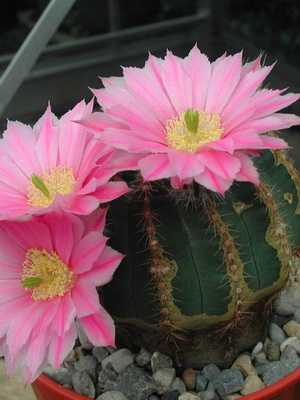
In the amazing variety of Echinocereus, three groups can be distinguished: very beautiful small low-cylindrical plants with strong, brightly colored scallop spines, tightly covering the stem; several almost spherical and weakly spiky soft-bodied representatives of the genus and a group of relatively large, strongly branching Echinocereus, usually with powerful spines and very large and abundant flowers.
Look at the photo of the cactus Echinocereus species B. viridiflorus (viridiflorus) – it is remarkable for its unusual green flowers, which in some forms can be truly emerald:
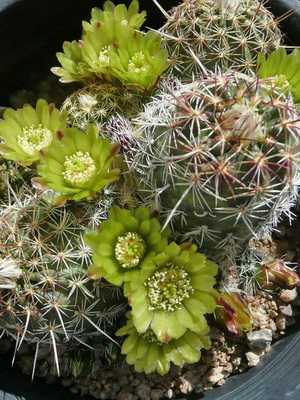
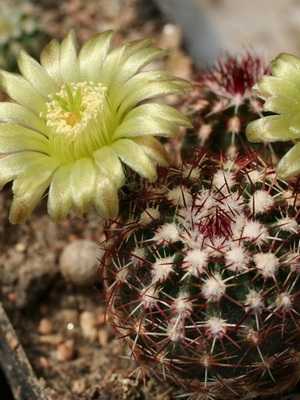
Some Echinocereus are hardy plants. The description of this kind of cacti, of course, you need to know, but getting them is quite troublesome. They are tenacious, unlike real “difficult” cacti, but to achieve good results, they must be specially and seriously dealt with.
Modern botanical science classifies wilcoxia, which are little known among flower growers, to the extensive genus of Echinocereus. These amazing cacti with thin and long, like pencils, stems have huge tuberous roots, in which, in harsh conditions, let the main reserves of water accumulate.
Plants with such roots are especially difficult to grow in artificial conditions, therefore it is recommended to graft wilcoxia on reliable and also thin-stemmed rootstocks (Selenicereus or Eriocereus). However, on rootstocks, wilkoxia grow too intensively and therefore do not persist for a long time. Because of these complexities, they are rarely found in home collections. Meanwhile, these miniature cacti quite easily and abundantly bloom flowers surprisingly large for such “stalks”, and their natural diversity is not at all limited to the two common species in our country – E. leucanthus (leucantus, better known in our country under the outdated name “albiflora”) and E. schmollii (shmolli). In addition, experience shows that growing wilcoxia on one’s own roots, although not easy, is quite possible. In general, enthusiasts could take a closer look at these plants.
Types of crested Echinocereus (with photo)
Of the group of crested Echinocereus (they are also called pectinate), the most famous is E. rigidissimus (rigidissimus) with rigid and relatively long (up to 1 cm) spines, like chain mail covering the stem.
Pay attention to the photo – in this crested Echinocereus, the spines are brightly colored in white, pink, brown and often form concentric, differently colored zones on the stem:
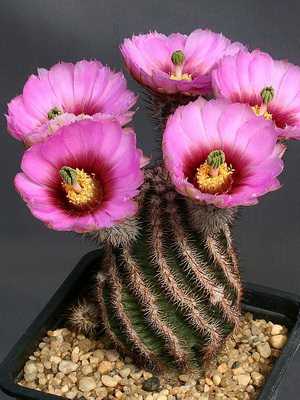
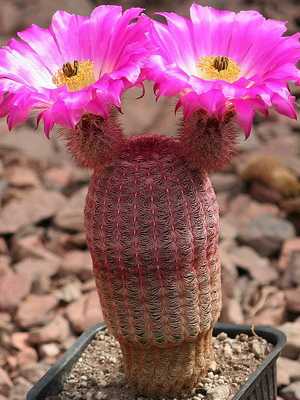
For this feature, the Germans call Echinocereus rigidissimus rainbow cactus. This species is quite powerful, reaches a diameter of 11 cm, its wide-opening (up to 9 cm) flowers are bright pink with a white throat.
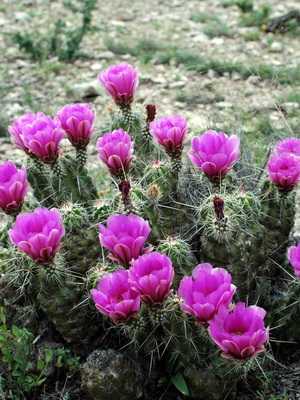
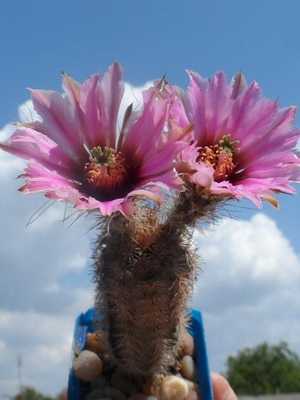
Numerous forms are close to it. E. pectinatus (pectinatus) with relatively thinner and branching stems. Among them there are plants with white, pink, yellow, purple flowers. The most interesting of the globular Echinocereus is probably E. knippelianus (knippelianus) with an almost naked and almost smooth stem, somewhat similar to the legendary lophophora. Its areoles are tiny, a few spines, thin and easily falling off. In early spring, a light, rapidly growing spot appears under the skin near the areola; soon the skin breaks through in this place and a powerful bud appears, opening over time into a beautiful narrow-spotted flower of a delicate color of white-pink tones.
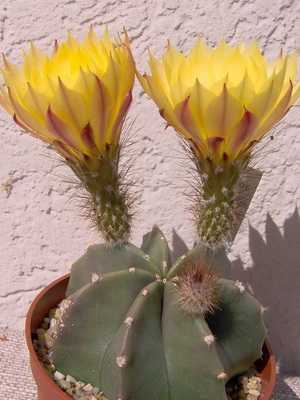
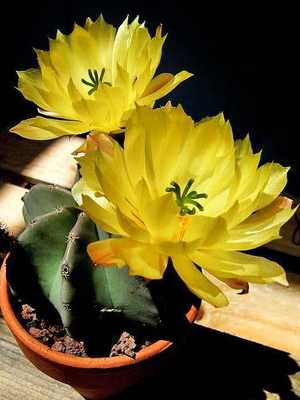
Another type of this group is E. subinermis (subinermis) with high straight ribs and short thorny spines – very similar to Echinopsis, and its flowers are also huge, in some forms up to 13 cm, lemon-yellow, with a pleasant citrus aroma. Vigorous tillering Echinocereus, such as E. viereckii morricalii, are especially numerous and varied. But for room culture, almost all of them are not suitable. But they will grow very well in greenhouses, especially if they are exposed to the open sun in the summer.


